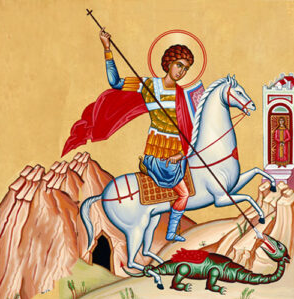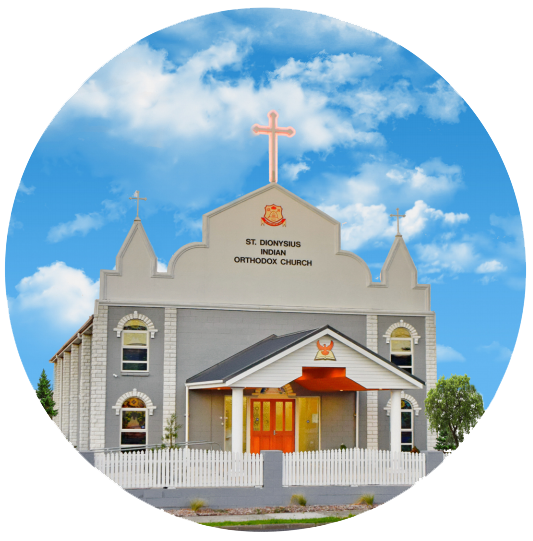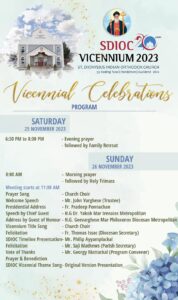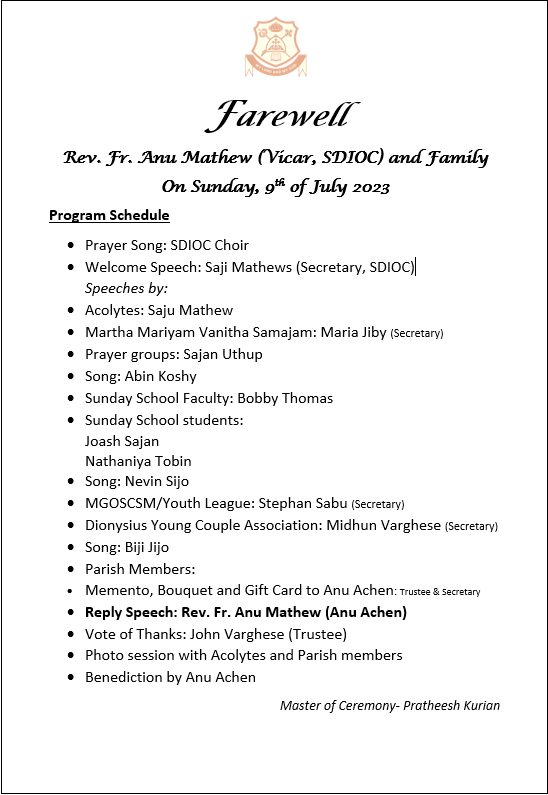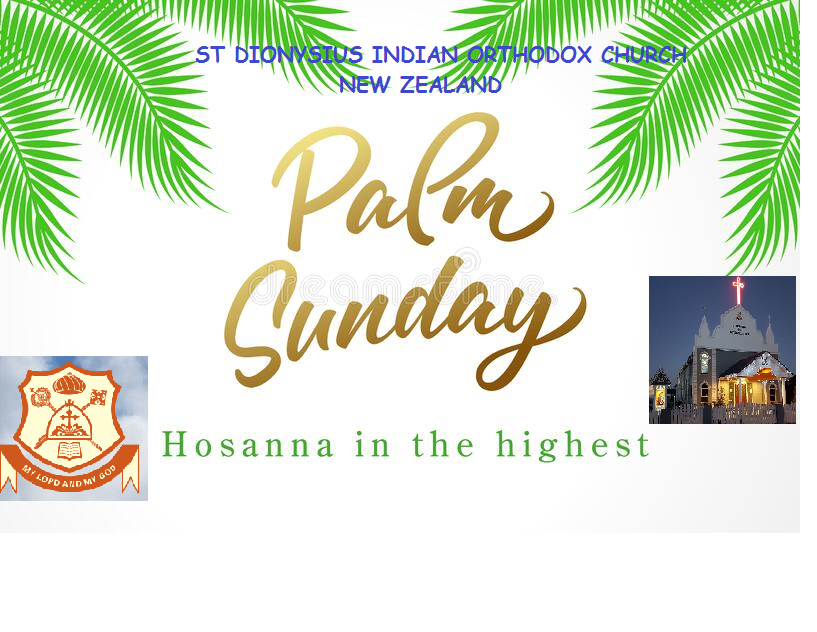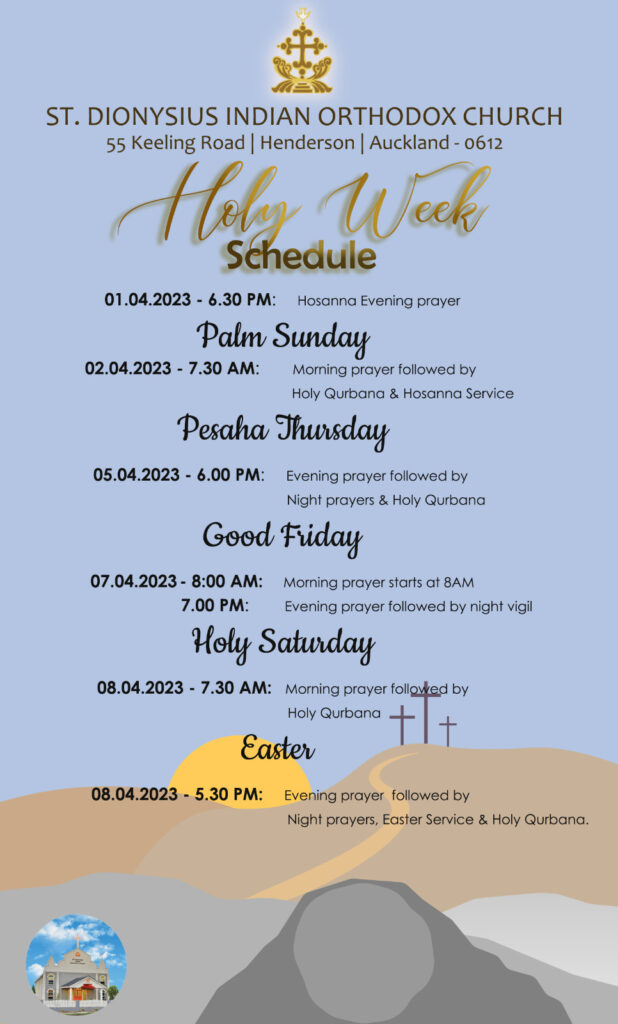ST. PETER

The divinely-blessed Peter was from Bethsaida of Galilee.
He was the son of Jonas and the brother of Andrew the First-called. He was a fisherman by trade, unlearned and poor, and was called Simon; later he was renamed Peter by the Lord Jesus Christ Himself,
Who looked at him and said, “Thou art Simon the son of Jonas; thou shalt be called Cephas (which is by interpretation, Peter)” (John 1:42). On being raised by the Lord to the dignity of an Apostle and becoming inseparable from Him as His zealous disciple, he followed Him from the beginning of His preaching of salvation up until the very Passion, when, in the court of Caiaphas the high priest, he denied Him thrice because of his fear of the Jews and of the danger at hand. But again, after many bitter tears, he received complete forgiveness of his transgression.
After the Resurrection of Christ and the descent of the Holy Spirit, he preached in Judea, Antioch, and certain parts of Asia, and finally came to Rome, where he was crucified upside down by Nero, and thus he ascended to the eternal habitations about the year 66 or 68, leaving two Catholic (General) Epistles to the Church of Christ.
St. Mary
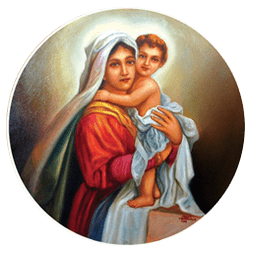
Among all the saints of the Church, St. Mary occupies a preeminent position. This prominence is the consequence of her role as the Mother of God (Theotokos), a title that was underscored by the Ecumenical Council of Ephesus (A.D. 431) and firmly establishing it in the spirituality of the Church. St. Mary thus appears not only as the person who was favored to bear the Son of God, but because of her acquiescence to God’s offer, she represents the pinnacle of synergy, the pro-cess by which human beings cooperate with God for the advancement of the salvific plan. Thus, she represents the reversal of the fatal fall of Eve in the Garden of Eden, and so is also given the designation “the second Eve.”
In the iconographic tradition of the Church, St. Mary is usually presented as holding in her arms the child Jesus. Similarly, in the hymns which focus on St. Mary, she is asked to intercede to her Son, affirming the biblical principle that there is only one Mediator between God the Father and humankind. In fact, constant stress of the Church is on the fact that there is only one per-son, Je-sus Christ, who has been exempt from the taint of humankind’s sin. It can, therefore, be inferred that the Orthodox Church does not believe that St. Mary was immaculately conceived or that she has a special mediatory role alongside Jesus Christ in the salvation of humankind.
ST. PAUL

Paul, the chosen vessel of Christ, the glory of the Church, the Apostle of the Nations and teacher of the whole world, was a Jew by race, of the tribe of Benjamin, having Tarsus as his homeland.
He was a Roman citizen, fluent in the Greek language, an expert in knowledge of the Law, a Pharisee, born of a Pharisee, and a disciple of Gamaliel, a Pharisee and notable teacher of the Law in Jerusalem.
For this cause, from the beginning, Paul was a most fervent zealot for the traditions of the Jews and a great persecutor of the Church of Christ; at that time, his name was Saul (Acts 22:3-4). In his great passion of rage and fury against the disciples of the Lord, he went to Damascus bearing letters of introduction from the high priest. His intention was to bring the disciples of Christ back to Jerusalem in bonds. As he was approaching Damascus, about midday there suddenly shone upon him a light from Heaven. Falling on the earth, he heard a voice saying to him, “Saul, Saul, why persecutest thou Me?” And he asked, “Who art Thou, Lord?” And the Lord said, “I am Jesus Whom thou persecutest; it is hard for thee to kick against the pricks.” And that heavenly voice and brilliance made him tremble, and he was blinded for a time.
He was led by the hand into the city, and on account of a divine revelation to the Apostle Ananias (see Oct. 1), he was baptized by him, and both his bodily and spiritual eyes were opened to the knowledge of the Sun of Righteousness. And straightway- O wondrous transformation! – beyond all expectation, he spoke with boldness in the synagogues, proclaiming that “Christ is the Son of God” (Acts 9:1-21). As for his zeal in preaching the Gospel after these things had come to pass, as for his unabating labors and afflictions of diverse kinds, the wounds, the prisons, the bonds, the beatings, the stonings, the shipwrecks, the journeys, the perils on land, on sea, in cities, in wildernesses, the continual vigils, the daily fasting, the hunger, the thirst, the nakedness, and all those other things that he endured for the Name of Christ, and which he underwent before nations and kings and the Israelites, and above all, his care for all the churches, his fiery longing for the salvation of all, whereby he became all things to all men, that he might save them all if possible, and because of which, with his heart aflame, he continuously traveled throughout all parts, visiting them all, and like a bird of heaven flying from Asia and Europe, the West and East, neither staying nor abiding in any one place – all these things are related incident by incident in the Book of the Acts, and as he himself tells them in his Epistles.
His Epistles, being fourteen in number, are explained in 250 homilies by the divine Chrysostom and make manifest the loftiness of his thoughts, the abundance of the revelations made to him, the wisdom given to him from God, wherewith he brings together in.
St. Thomas the Apostle

St. Thomas was one of the twelve Apostles of Jesus Christ.
He was also called Didymos, which mean ‘twin’ because of the paired fingers of his hand. The Bible portrays him as a man of bravery and strong attachment to his Teacher. Jesus made the revelation that ‘I’m the way, the truth and the life’ (St. John 14:6) as an answer to the question of St. Thomas. After resurrection, when Jesus appeared before his apostles, St. Thomas was not present there. When his colleagues told him later that they saw Jesus, he was reluctant to believe that.
He declared that “unless I see the nail marks in his hands and put my finger where the nails were, and put my hand into his side, I will not believe it” (St. John 20:26). It was his earnest desire to see his resurrected Master. He also wanted to have the same fortune experienced by his colleagues. Jesus respected his disciple’s wish and made an appearance again before the group in which St. Thomas was also present. Jesus invited him to put his fingers on his wounds and get convinced. In the ecstasy of that moment, St. Thomas addressed Jesus “My Lord and My God” – which is a basic creed of Christian faith.
The tradition says that when St. Thomas put his paired fingers in Jesus’ wounds they got separated and became normal and other apostles kissed his hands, which touched the resurrected Jesus Christ. The Christian practice of kissing the hands of bishops and priests originated from this.
St. Gregorios of Parumala

Saint Gregorios of Parumala is popularly known as ‘Parumala Thirumeni’. Mar Gregorios was born on 15th June 1848 in the Chathuruthy family at Mulamthuruthy in Kerala. He was given the baptismal name ‘Geevarghese’. He was ordained as a reader-deacon (Korooyo) on 14th Sept. 1858 at the age of ten and full deacon, priest and cor-episcopa within few months in 1865. Mar Gregorios was only 28 years when he was made a bishop. Mar Gregorios took charge of the Niranam Diocese and started staying at Parumala. Mar Gregorios engaged in a threefold activity of tireless service for the church: Diocesan administration, Ministerial formation of deacons, Missionary witness of the church through inner spiritual and theological consolidation, along with evangelical reaching out.
Mar Gregorios believed that the church should engage in educational activity especially to facilitate primary education and English teaching without discriminating gender or religion. Accordingly he start-ed schools at various places in Kerala. The missionary task of the Church was also evinced by his out-reach programme to the socially down trodden communities. He also organized evangelical awakening programme for non-Christians at various places under the leadership of the Seminary students.
Mar Gregorios had health issues and treatments proved futile and slowly His Grace became physically weaker and weaker. He left the earthly abode on 2nd November 1902. The many testimonies to the saintly intercession of Mar Gregorios made Parumala Church and the tomb a centre of pilgrimage. In 1947 Mar Gregorios of blessed memory was declared a saint by the Holy Church.
St. Dionysius

St. Dionysius was born on 31st October 1858 in the Vattasseril family of Mallappally in Kerala. In 1876, while still a high school student, he was ordained as a sub deacon by H. H. Peter Ill. In 1879 Dn. Ge-evarghese was ordained as a full deacon and in 1880 he was ordained as a priest by St. Gregorios of Parumala. In recognition of his incredible expertise in Syriac and theology he was designated as Malan-kara Malpan. He edited and published the order of Church worship to be used by the ordinary faithful for meaningful participation in worship and also the “Doctrines of the Church”. In 1903, he was tonsured as Ramban (monk). In 1908 he was consecrated as H. G. Geevarghese Mar Dionysius Metropolitan.
In 1909 he became the Malankara Metropolitan and led the Church in that capacity until he left this earthly abode on 23rd February 1934.
Mar Dionysius is popularly known as Malankara Sabha Bhasuran (The Great Luminary of Malankara Orthodox Church). He shined like a bright light for the Church during her dark and tumultuous times and possessed the vision to bring the Church triumphantly from the bonds of foreign oppression.
He bravely fought for the establishment of Catholicate to be the symbol of self-identity and indepen-dence of the Malankara Orthodox Syrian Church. The unique and historic contribution of Mar Dionysius is the establishment of Catholicate in Malankara in 1912 and the formation of a Church constitution in 1934. On 23rd February, 2003 he was declared saint by the Holy Church.
St. Baselios Yeldho

St Baselios Yeldho was born in a village called kooded (now known as Karakosh) near Mosul in Iraq where Marth Smooni and her 7 children suffered martyrdom. At a very young age he joined the Mar Bahanan Monastery and become a monk. In 1678 he was consecrated Maphriyana by the Patriarch of Antioch Moran Mar Ignatius Abdul Masiha I. In 1685 at the age of 92, the holy father started the difficult mission to India at the request of Mar Thoma II of Malankara who informed the Patriarchate about the unpleasant situation of the Church here.
On Kanni 13, the church used to celebrate its foundation day. On the 12th evening the Vicar sought the Saint’s permission to hoist the flag. The Saint replied that the festival of the Holy Cross should be celebrated on the 14th and not on the 13th. When it was explained to the Saint that what they were celebrating was not the festival of the Holy Cross but the anniversary of the founding of the parish, the Saint permitted them to go ahead but reminded them about the importance of the festival of the Holy Cross.
In 1947 Mar Baselios Yeldho of blessed memory was declared a saint by the then Catholicos of the church, His Holiness Baselius Geevarghese II.
St. George
